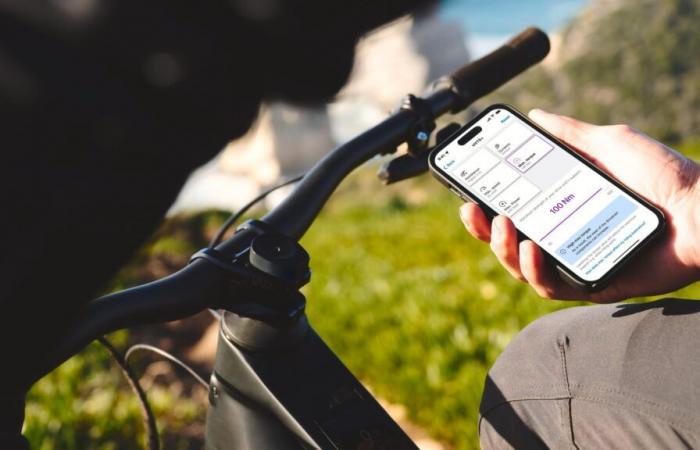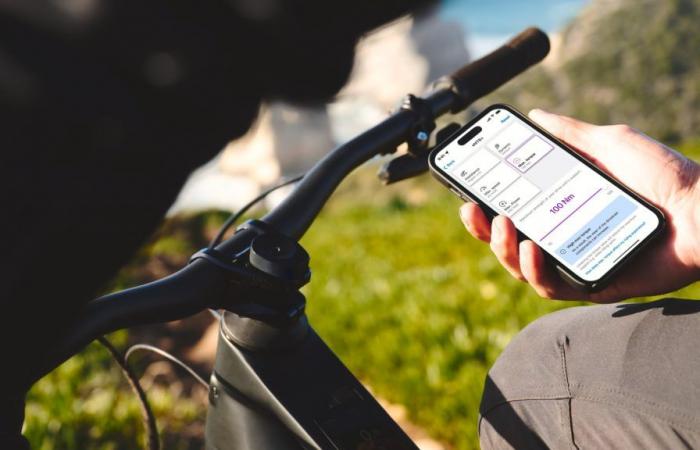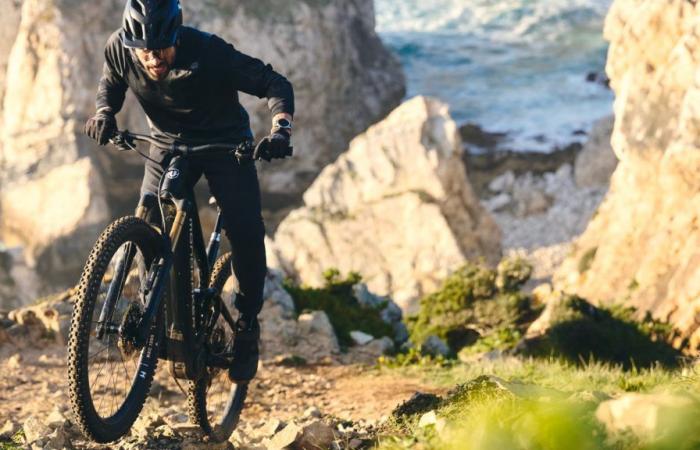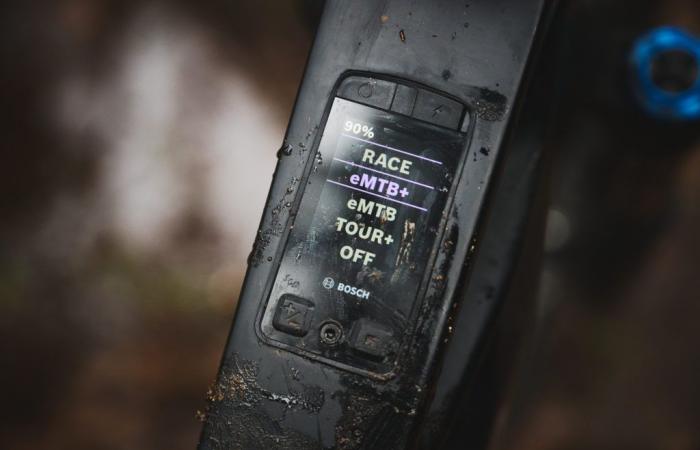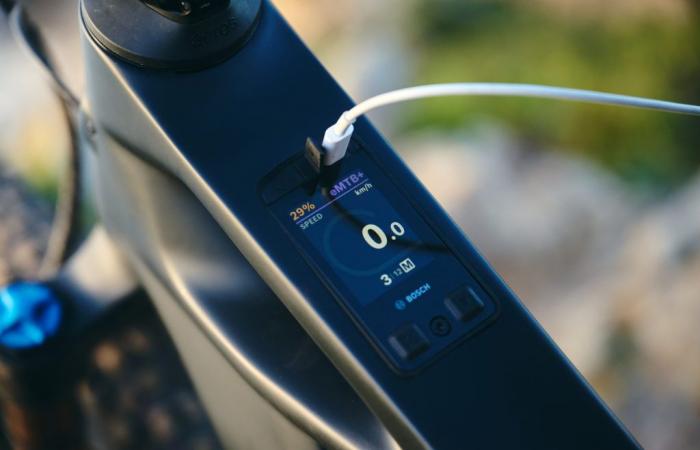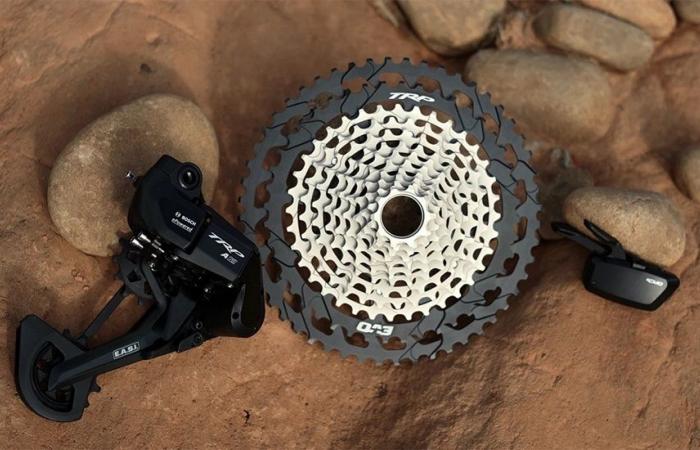Bosch boosts its performance engine line CX with more power, a new EMTB+ mode and a redesigned display. Promising innovations for mountain bikers, but who also raise questions about wear, autonomy and increasing complexity of VTTAE.

Bosch Ebike Systems unveils an update of its very popular performance Line CX motorization on electric assistance mountain bikes (VTTAE). Objective: to offer more power, control and personalization. But behind this technical rise, certain uses and arbitrations question.
100 nm of torque and 750 W of power
With this free software update available from July 2025, users will be able to adjust the performance of their engine themselves via the Ebike Flow application. The latest generation Performance Line CX engine (BDU0384Y) will be able to be set to deliver torque of 100 Nm instead of 85 nm currently and a maximum power of 750 W against 600 W at the moment. An advance that will make lovers of technical climbs salivate, especially since the new EMTB+ mode promises a more fluid and reactive management.
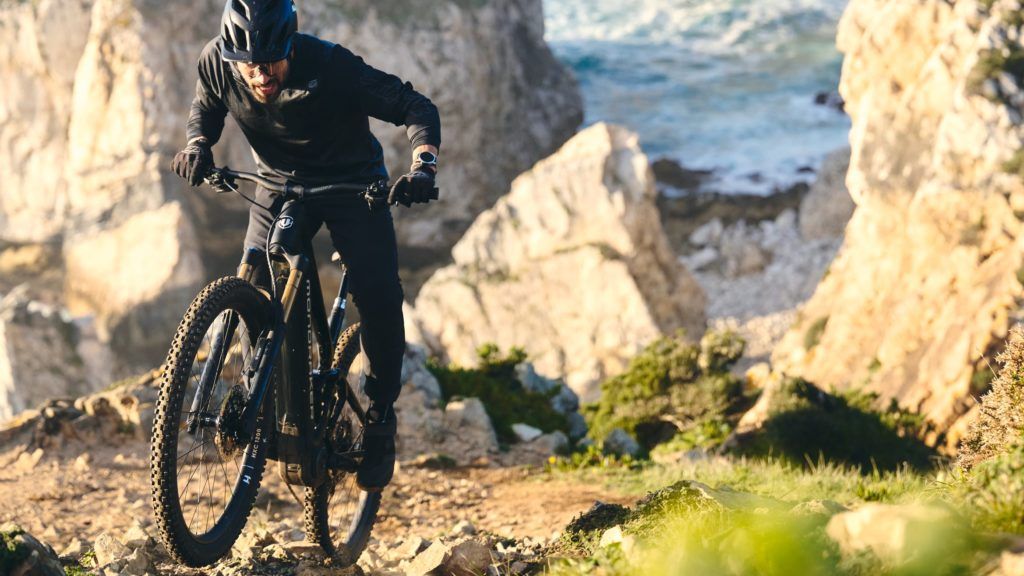
This surplus power has a cost. Bosch himself recognizes that these new adjustments are more like mechanical components and reduce autonomy. Clearly: more fun, but also more wear, maintenance, or even a shortened lifespan.
The new EMTB+ mode: more powerful and more fun
Between Race and EMTB mode classic, the new Automatic EMTB+ mode adapts assistance up to 400 %, depending on the pedaling power while it is limited to 340 % currently. This new mode also includes the “Extended Boost”, an extension of the assistance when you stop pedaling, practical to cross certain obstacles without type the cranks or the pedals, which has so far been available in the Bosch Performance Line CX Race Line CX Race Edition and the Bosch Performance Line CX-R engine which has just succeeded.
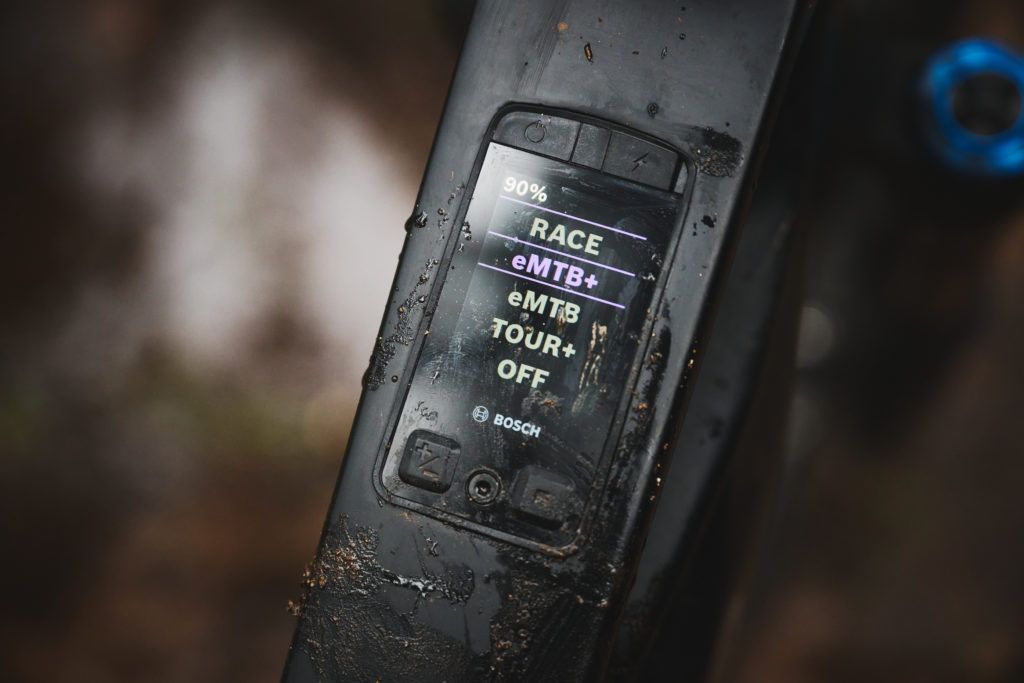
The “Dynamic Control” function allows precise management of the engine power: on technical terrains or with variable adhesion, the sensors analyze the conditions in real time to deliver fluid and balanced assistance. Piloting thus remains dynamic, natural and under control. Where EMTB mode promotes endurance and autonomy, the new EMTB+ mode favors performance and driving pleasure.
A new KIOX 400C screen integrated into the upper tube

In terms of interface, the Kiox 400c screen, integrated into the upper tube, takes up what is done at TQ (HPR-50), at Specialized on certain light models (Specialized Turbo Levo SL) or at Dji with the Avinox screen. The screen is thus better protected from mud, blows and shocks. The brightness of the screen can go up to 1000 cd/m2 (Nits) with an automatic light intensity adjustment using an ambient brightness sensor. The screen also has a USB-C port which allows you to recharge a smartphone or action camera for example.
The data displayed on the screen can be configured to automatically change depending on the context. We can thus display data specific to climb such as the power of the cyclist, the engine, the heart rate, etc. And change your screen down to display other data (instant speed, speed chosen on the electronic derailleur, etc.). The screen change is made thanks to the inclination sensor integrated into the engine. The set remains customizable and controlled without letting go, thanks to the mini remote remote control. On the other hand, the screen is not tactile as is the case on the screen of the Avinox DJI for example.
ABS and ABS pro still optimized
This update also brings new features on the ABS braking side. ABS software, now more precise, adjusts the braking pressure in real time thanks to a new sensor integrated into the engine, capable of finely detecting the inclination of the bicycle. Result: a notable reduction in stop distances and better prevention of forward switching.
For manufacturers, this new sensor also makes it possible to simplify the integration of ABS, since there is no need to use a specific brake disc with a notched wheel.
M+ with eShift: automatic speed change in descent
A well -known situation of mountain bikers: after a free wheel phase, the triggered report is often no longer suitable – too hard or too easy – making the resumption of uncomfortable pedaling. Bosch answers this problem with M+, an extension of the ESHIFT function in automatic version. As soon as the cyclist stops pedaling, the M+ function intelligently selects the right report for a fluid recovery at the next pulse. As a rise or during sustained efforts, the change remains manual, leaving control to the pilot. In descent, Eshift discreetly adjusts the speed to stay in line with the terrain.
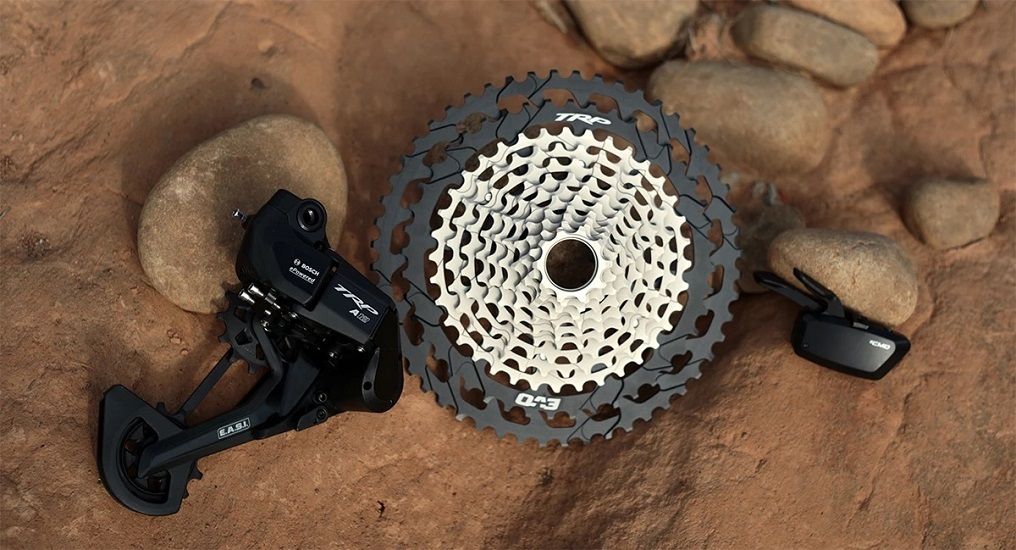
The M+ system will be available in the fall of 2025 via a remote update and it will only be compatible with the derailleur Trp Easi A12.
Bike lover as comfortable on a wheel as in two. My goal: to inform with passion.

